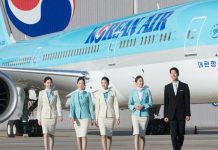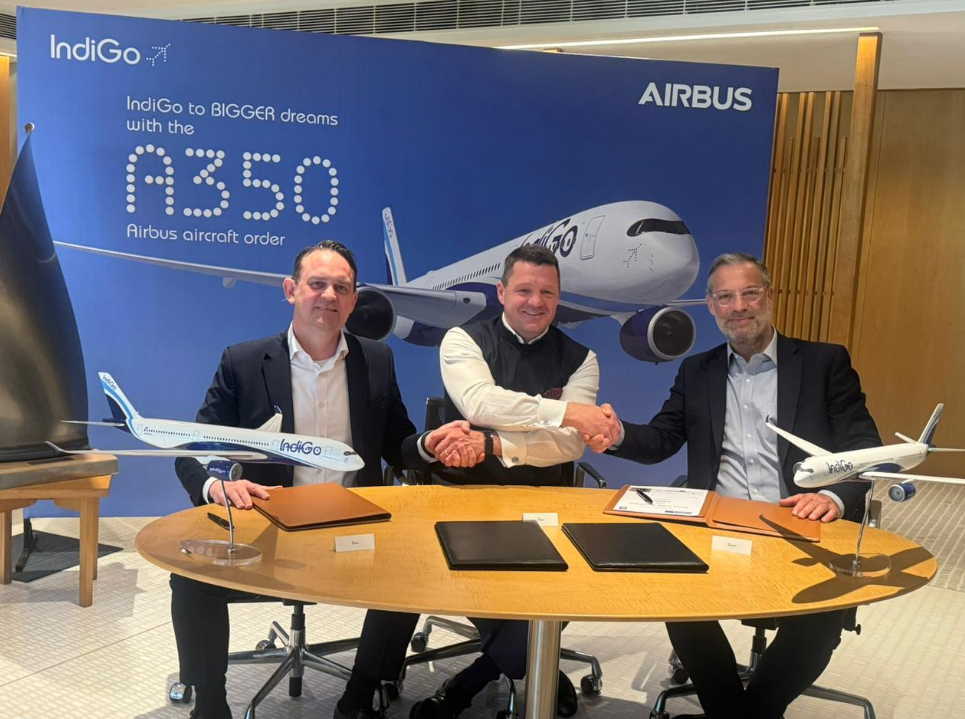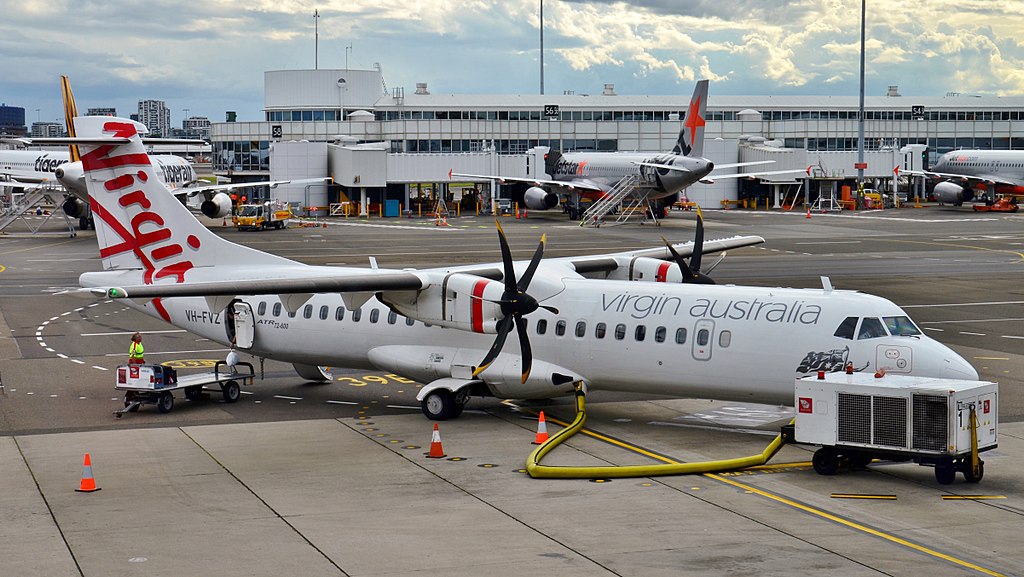Australian investigators want Europe’s aviation regulator to review design standards for aircraft dual control inputs after an incident which caused an inflight upset and significant damage to a Virgin Australia ATR 72 aircraft in 2014.
A long-running Australian Transport Safety Bureau investigation of the Virgin incident has resulted in a series of recommendations to manufacturer ATR and the European Union Aviation Safety Agency (EASA).
The ATSB’s recently released final report — concluding what it called one of its most thorough and complex investigations — adds the latest recommendation to the list.
READ: Hail damages China Southern cockpit.
The Aussie safety regulators are seeking improved design tolerance for inadvertent dual control inputs by pilots after an inflight upset and pitch disconnect on the 2014 Virgin flight between Canberra and Sydney.
A sudden decrease in tailwind caused the ATR’s pilots to unintentionally apply opposing control inputs to their control columns in an attempt to keep the plane below its maximum operating speed.
The differential forces activated the aircraft’s pitch uncoupling mechanism, which is intended to be used if aircraft elevators become jammed.
The mechanism caused a pitch disconnect, allowing the elevators to operate independently of each other and resulting in transient asymmetric elevator deflections.
This generated aerodynamic loads that exceeded the strength of tailplane, causing significant damage.

Although the aircraft landed safely and was inspected by maintenance engineers, the damage went undetected and the aircraft returned to service.
It operated a further 13 flights before an inspection after a suspected birdstrike found it had sustained serious structural damage to its horizontal stabilizer, which was subsequently replaced.
The ATSB has already issued two interim reports on the issue with a number of safety recommendations that have already been addressed by ATR, Virgin and its maintenance operator.
The final report contained the additional recommendation to EASA detailing concerns about the design standard.
Investigators were concerned that although EASA’s original design standard for aircraft control systems required them to be strong enough to withstand dual control inputs, it did not require consideration of how such inputs would affect control of the aircraft.
They said the current design standard, known as CS-25, also does not address this issue and recommended it be reviewed to take it into consideration.
They also recommended that ATR assess the operational risk associated with limited tactile feedback between the left and right control columns given there are no visual or auditory systems to alert pilots about dual control inputs.
And they want the manufacturer to perform a detailed review of the effects of dual control inputs on the handling of the aircraft “to determine if there are any detrimental effects that could lead to difficulty in controlling the aircraft throughout the approved flight envelope and operational range”.
ATSB chief commissioner Greg Hood said the report sought to influence further incremental safety improvements.
“This serious incident demonstrates aircraft and aircraft systems need to be designed in anticipation of and tolerant to foreseeable inadvertent pilot actions,’’ he said.
“Further, when identified, aviation safety regulators and aircraft manufacturers need to address previously unforeseen aircraft design consequences during the operational life of an aircraft type.”
Hood said the investigation also highlighted the importance of a full and proper inspection to detect aircraft damage and the need for the inspection to be fit for purpose.
























